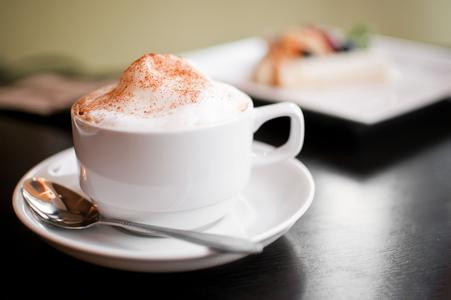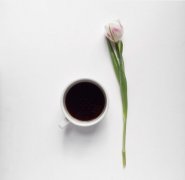The Story of Fine Coffee Culture the Story of British Cafe
British cafes are exclusive to men, and women (except the landlady) are not allowed in. The situation angered British women. In 1674, when cafes were in full swing in England, British women published an application for women to boycott coffee. They complained that "the dignity of British men is now gone. This is due to excessive consumption of coffee, the latest popular pagan drink."... " King Charles II of England issued a proclamation banning cafes in 1675. It is not clear whether the King's decree is out of respect for women or whether he is annoyed and disturbed by the criticism of current politics in the cafe. But the reality is that the law is opposed across the UK, and even women stand up against the closure of cafes-they fear that their husbands will return to their former alcoholism. Charles II lifted the ban two days before the ban was lifted after a week of unrest in Britain that almost endangered the throne of Charles II.
However, the prosperity of cafes throughout the 17th and early 18th centuries did not last long and was soon replaced by tea and teahouses. While European countries were growing coffee in their colonies, the British changed their coffee farms into tea farms after the occupation of India. On the one hand, Indian coffee was hit by coffee tree rust and died in large areas; on the other hand, it was related to the shift of British preferences. Elegant teahouses were originally a favorite place for intellectual women and children, but it wasn't long before men became infatuated with them, while cafes quickly became fast-food restaurants on the street or switched to other industries.
It was not until the 1950s that the coffee boom began to rise. However, the resurgence of coffee has challenged the British tradition of loving pure things-while welcoming espresso from Italy, more coffee enthusiasm has been given to instant coffee in the United States. At first, Italian espresso was popular with tea drinkers. After 1955, London's beautifully decorated Italian cafes were everywhere, filled with customers, drinking espresso brewed from mocha pots. Moreover, this time the cafe is no longer the monopoly of men, but also opened the door to women, so the cafe has become a fashionable place for men and women to gather. But this did not completely change the tea drinking habits of the British until American instant coffee, along with television commercials, entered the lives of Britons who were still immersed in the famine of tea rationing. In 1956, the British tea rationing system was abolished, but the British tradition of drinking tea is not as optimistic as people think-fashionable people go to cafes to drink espresso, and more often, people choose instant coffee. When instant coffee accounted for 90% of the British coffee market and affected tea, exasperated British tea traders eventually had to learn from instant coffee, giving up better-flavored tea and shredding it into tea bags instead. Although the British tradition of drinking tea has not been completely replaced by coffee, the re-entry of coffee into Britain is indeed a big force, at least the British tea tradition has changed.

Important Notice :
前街咖啡 FrontStreet Coffee has moved to new addredd:
FrontStreet Coffee Address: 315,Donghua East Road,GuangZhou
Tel:020 38364473
- Prev

The Development History of Coffee in the World Coffee spread History
1. Coffee was introduced into Europe in the 16th century, and coffee attracted the attention of European countries in the name of Arabic wine. In the middle of the 17th century, coffee became popular in Europe. 2. When coffee was introduced into Asia in 1600, Baba Budan, a Muslim, successfully smuggled seven seeds on his belly and planted them for trial in the mountains of Mysore in southern India without large-scale cultivation. sixteen
- Next

Greek Coffee Story Greek Coffee Divination
Greece is a country that likes divination and fortune-telling, and their curiosity about fate has contributed to the development of philosophy, astrology, numerology and astronomy. The Greeks believed that everyone's luck was different every day, sometimes good luck, sometimes bad luck, so it also derived some special divination methods to predict the future, plus the Greek people, coffee drinkers.
Related
- How did the Salvadoran coffee industry develop in Central America?
- What exactly does the golden cup extraction of coffee mean?
- The Origin of Coffee flower
- [2023 Starbucks World Earth Day] there are more meaningful things besides free Starbucks coffee!
- What kind of coffee is there in Spain? 9 Flavors of Spanish Coffee
- Aromatic African coffee| Kenya's coffee culture and historical production area
- Liberica Coffee Bean knowledge: the characteristics of Liberian Coffee beans of the three original species of Coffee beans
- The origin and formula of Spanish latte introduces the taste characteristics of Bombon coffee in Valencia, Spain.
- How to adjust the solution of over-extracted coffee
- What is the tasting period of coffee beans? What is the period of coffee and beans? How should coffee wake up and raise beans?

